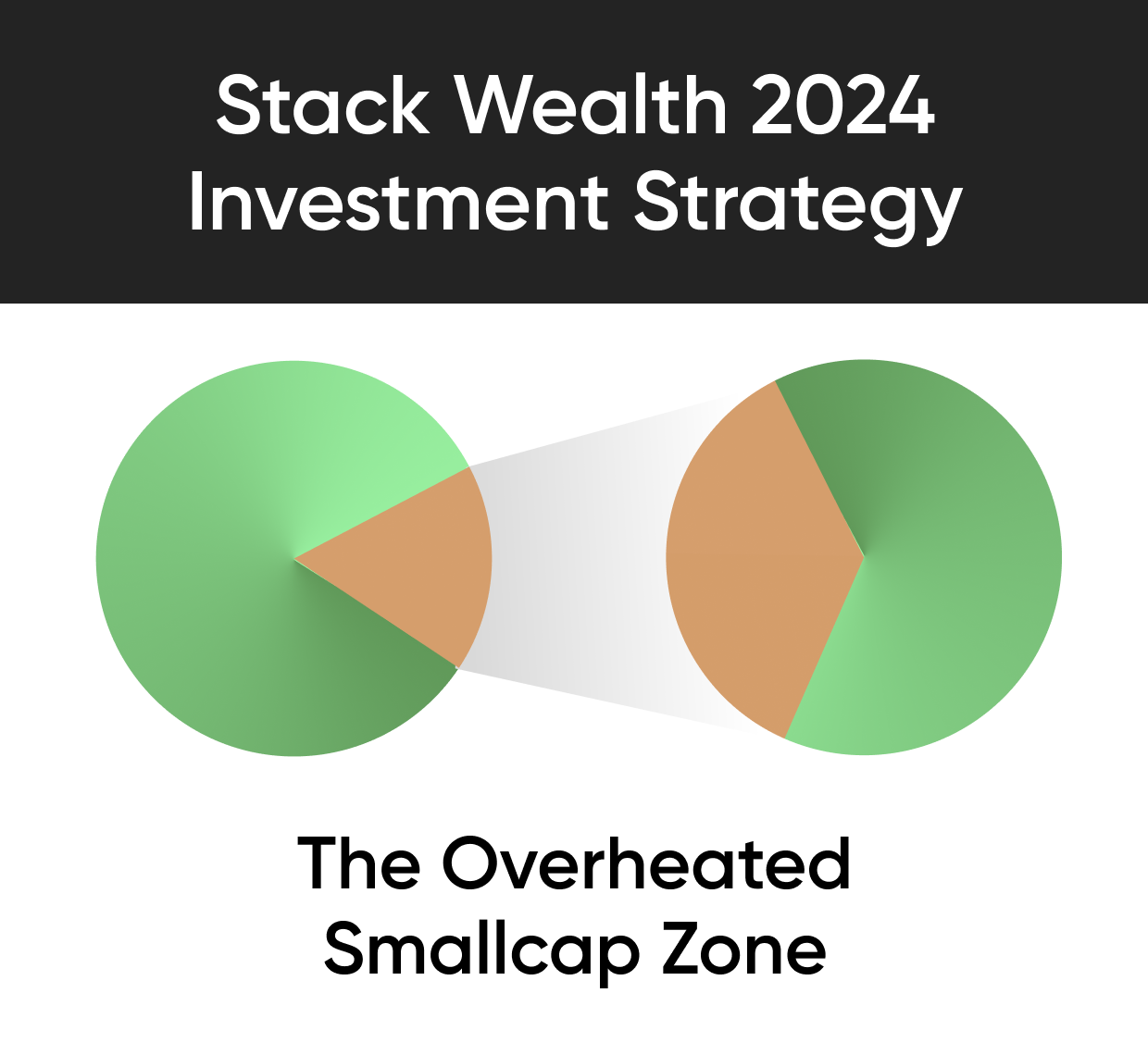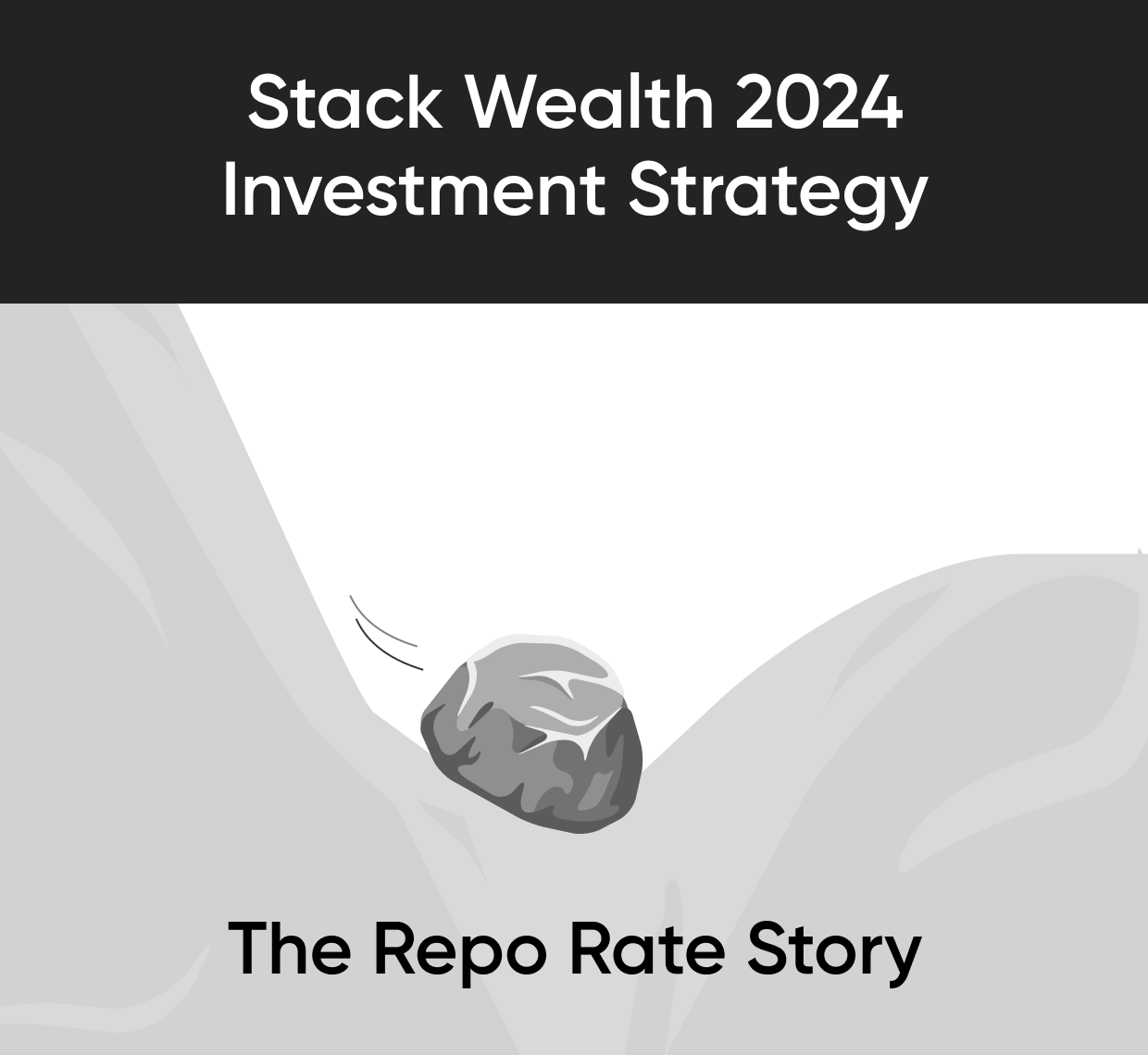Introduction
Quantitative investing has become a powerful force in the constantly changing world of investment techniques, using data, computers, and sophisticated analytics to find untapped opportunities and generate alpha. Quant mutual funds, which give investors access to methodical and disciplined investment strategies based on quantitative research and analysis, are at the vanguard of this change. We'll go into the world of quant mutual funds in this blog, going over their approaches, advantages, and things to think about for investors who want to take advantage of quantitative investing.
Understanding Quant Mutual Funds
Often known as "quant funds," quantitative mutual funds are investment vehicles that base their choices on quantitative models and algorithms. To find investment opportunities, distribute resources, and oversee portfolios, these funds make use of data-driven strategies, statistical analysis, and mathematical models. Quant funds place a higher priority on systematic and rules-based methods based on quantitative criteria and empirical data than typical mutual funds, which mostly focus on qualitative research and fundamental analysis.
Key Components of Quantitative Investing
- Data Gathering and Analysis: The first step in quantitative investing is gathering and analyzing a tonne of financial data, including as trade volumes, historical prices, company fundamentals, economic indicators, and market sentiment information. Investment signals, patterns, and insights are produced by statistical models, machine learning algorithms, and advanced data analytics approaches.
- Factor-Based investment: Factor-based investment methods, which focus on particular elements or traits that have historically been linked to outperformance—like value, momentum, quality, size, and low volatility—are frequently incorporated into quantitative models. Quant funds seek to better manage risk and capture excess profits by methodically leaning portfolios towards these characteristics.
- Portfolio Construction: Quantitative models are the driving force behind portfolio construction decisions. They allocate assets among various securities, sectors, and geographies according to predetermined standards and optimization strategies. Periodically rebalancing a portfolio can help you stay on target with your allocations and adjust to shifting market conditions.
- Risk management: Strict risk management techniques, such as position sizing, diversification, and risk-reduction tactics, are emphasized in quantitative investing. Value-at-risk (VaR) and stress testing are two statistical techniques used by quant funds to evaluate and control portfolio risk exposure and guarantee compliance with risk tolerance levels and investment goals. Performance Monitoring and Optimization: Continuous monitoring of investment signals, model outputs, and portfolio performance is a key component of quantitative investing. In order to improve risk-adjusted returns over time, performance attribution analysis can be used to assess the efficacy of quantitative techniques and pinpoint areas that need to be optimized and refined.
Benefits of Quant Mutual Funds
- Methodical and Disciplined Approach: Quantitative investing provides a methodical and disciplined approach to making investments that is devoid of subjective evaluations and emotional biases. Quant funds provide transparency and consistency in portfolio management through the use of rules-based strategies and data-driven approaches.
- Enhanced Risk Management: To detect and reduce portfolio risk exposure, quantitative models include advanced risk management strategies. Quant funds seek to lower downside volatility and increase risk-adjusted returns by diversifying across a variety of factors, assets, and asset classes.
- Potential for Alpha Generation: The goal of quantitative investing is to take advantage of market inefficiencies and generate alpha by methodically taking advantage of mis-pricings, behavioral biases, and anomalies in the market. Quantitative funds use models and quantitative factors to find opportunities to generate alpha and improve portfolio returns over time.
- Flexibility and Adaptability: Quant funds are able to dynamically modify investment strategies and portfolio allocations due to the ability of quantitative models to incorporate new information in real-time and adjust to shifting market conditions. Because of their adaptability, quant funds can take advantage of new opportunities and adjust to changing market conditions.
- Scalability and Efficiency: By utilizing automation, technology, and computer power to evaluate enormous volumes of data and carry out trades effectively, quantitative investing has the potential to be extremely scalable and efficient. Larger portfolios can be managed by quant funds with less money spent on overhead and a smaller dependency on staff.
Conclusion
Using data, computers, and quantitative techniques to find investment opportunities and manage portfolios methodically and effectively, quantitative mutual funds provide a modern take on investment management. Although scalability, improved risk management, and alpha production are some advantages that quant funds may provide, investors should carefully weigh the dangers, complexity, and transparency of quantitative investing. Investors can use quant funds to pursue their financial goals and negotiate the intricacies of today's dynamic investment landscape by doing extensive due diligence, comprehending the investment process, and aligning with their investment objectives and risk tolerance.











